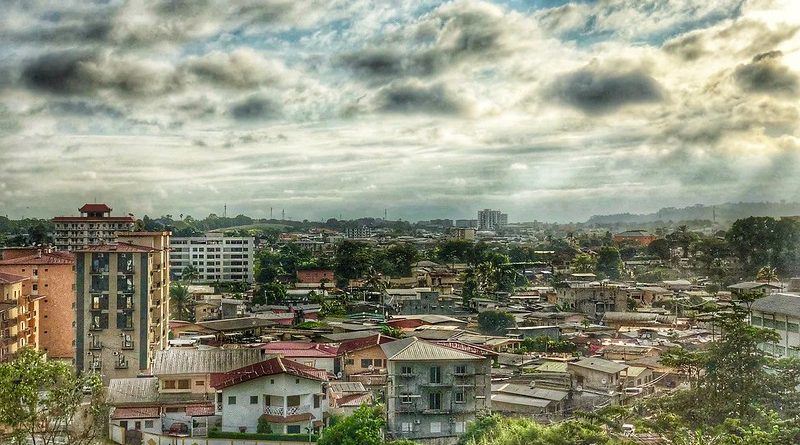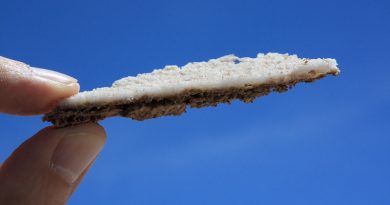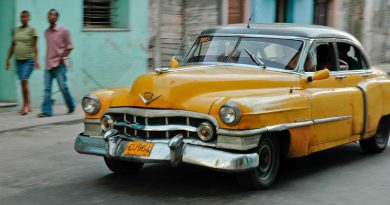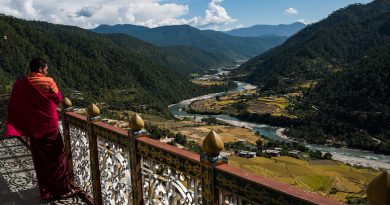A Brief Guide to Libreville
Libreville , Gabon’s capital city , looks more like Miami with its big ocean-view hotels, wide highways and fancy shops than a major African city!
It’s also one of the most expensive cities in the world. It has a population of around 450,000, about 40% of Gabon’s population. Its growth really came with independence in 1960 & the petrol boom of the 1970s.
The city’s main sites include the Quartier Glass, an old colonial area where many trading companies once had their headquarters.
Palais Presidential is Gabon’s equivalent of Ceausescu’s folly; built in 1970s replete with Italian marble & Greek columns . Photos are forbidden and visitors aren’t allowed either.
Quartier Louis is the city’s most concentrated entertainment area. Le Couloir de la Mort (‘Corridor of death’) in Lalala is a small strip of cheap terrace bars with loud music & small restaurants serving fried fish. They get very crowded towards the end of the night & dancing stops around 6am when drunken bodies litter the floor (hence the name). The locals are hard-partiers;the Gabonese are the world’s 20th largest consumer of French champagne!
Musée des Arts et Traditions is one of the best in Central Africa with Fang, Teke and Mitsogho tribal masks .
L’Eglise St Michel is a landmark church – it has 31 unusual wooden columns carved by blind Gabonese craftsmen and each has a biblical scene. The choir is accompanied by drums and balafons , a type of African xylophone
What to eat
Les bédoumeuses are women street vendors selling doughnuts, small brochettes of meat & filled baguettes – they’re the quickest & cheapest sources of prepared food.
Staples include French baguettes, sold in even the remotest markets, and smoked or salted fish, manioc, plantain and rice.
Traditional sauces include arachides (peanuts), nyembwe (pulp of palm nuts), and odika (oil producing seed aka chocolat).
Destination – Gabon




